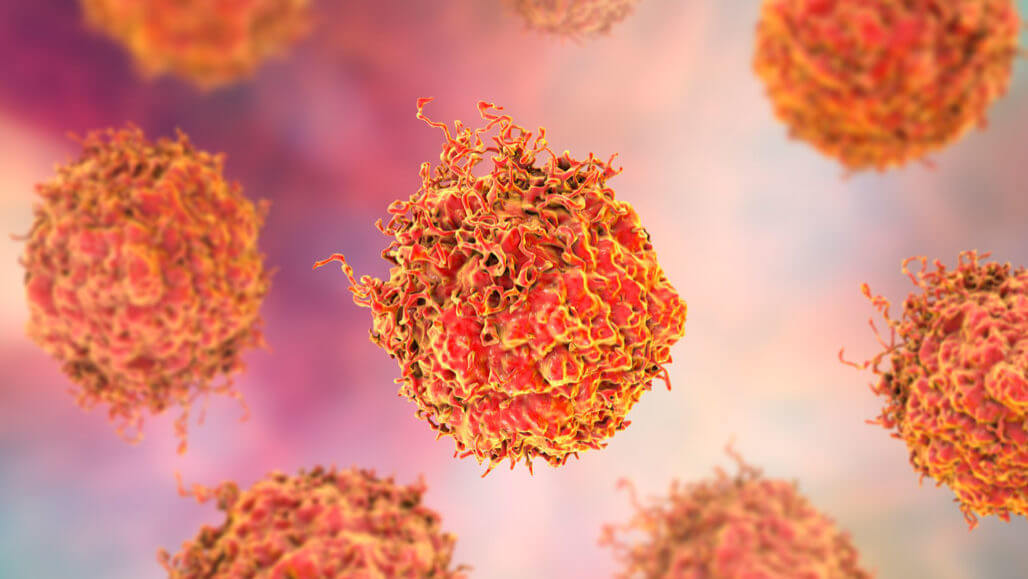Watchful waiting or active surveillance
Watchful waiting and active surveillance are treatments used for older men who do not have signs or symptoms or have other medical conditions and for men whose prostate cancer is found during a screening test.
Watchful waiting is closely monitoring a patient’s condition without giving any treatment until signs or symptoms appear or change. Treatment is given to relieve symptoms and improve quality of life.
Active surveillance is closely following a patient’s condition without giving any treatment unless there are changes in test results. It is used to find early signs that the condition is getting worse. In active surveillance, patients are given certain exams and tests, including digital rectal exam, PSA test, transrectal ultrasound, and transrectal needle biopsy, to check if the cancer is growing. When the cancer begins to grow, treatment is given to cure the cancer.
Other terms that are used to describe not giving treatment to cure prostate cancer right after diagnosis are observation, watch and wait, and expectant management.
Surgery
Patients in good health whose tumor is in the prostate gland only may be treated with surgery to remove the tumor. The following types of surgery are used:
- Radical prostatectomy: A surgical procedure to remove the prostate, surrounding tissue, and seminal vesicles. There are two types of radical prostatectomy:
- Retropubic prostatectomy: A surgical procedure to remove the prostate through an incision (cut) in the abdominal wall. Removal of nearby lymph nodes may be done at the same time.
- Perineal prostatectomy: A surgical procedure to remove the prostate through an incision (cut) made in the perineum (area between the scrotum and anus). Nearby lymph nodes may also be removed through a separate incision in the abdomen.
- Pelvic lymphadenectomy: A surgical procedure to remove the lymph nodes in the pelvis. A pathologist views the tissue under a microscope to look for cancer cells. If the lymph nodes contain cancer, the doctor will not remove the prostate and may recommend other treatment.
- Transurethral resection of the prostate (TURP): A surgical procedure to remove tissue from the prostate using a resectoscope (a thin, lighted tube with a cutting tool) inserted through the urethra. This procedure is done to treat benign prostatic hypertrophy and it is sometimes done to relieve symptoms caused by a tumor before other cancer treatment is given. TURP may also be done in men whose tumor is in the prostate only and who cannot have a radical prostatectomy.
Possible problems after prostate cancer surgery include the following:
- Impotence.
- Leakage of urine from the bladder or stool from the rectum.
- Shortening of the penis (1 to 2 centimeters). The exact reason for this is not known.
- Inguinal hernia (bulging of fat or part of the small intestine through weak muscles into the groin). Inguinal hernia may occur more often in men treated with radical prostatectomy than in men who have some other types of prostate surgery, radiation therapy, or prostate biopsy alone. It is most likely to occur within the first 2 years after radical prostatectomy.
Radiation therapy and radiopharmaceutical therapy
Radiation therapy is a cancer treatment that uses high-energy x-rays or other types of radiation to kill cancer cells or keep them from growing. There are different types of radiation therapy:
- External radiation therapy uses a machine outside the body to send radiation toward the cancer. Conformal radiation is a type of external radiation therapy that uses a computer to create a 3-dimensional (3-D) picture of the tumor. The radiation beams are shaped to fit the tumor.
- Internal radiation therapy uses a radioactive substance sealed in needles, seeds, wires, or catheters that are placed directly into or near cancer. In early-stage prostate cancer, the radioactive seeds are placed in the prostate using needles that are inserted through the skin between the scrotum and rectum. The placement of the radioactive seeds in the prostate is guided by images from transrectal ultrasound or computed tomography (CT). The needles are removed after the radioactive seeds are placed in the prostate.
- Radiopharmaceutical therapy uses a radioactive substance to treat cancer. Radiopharmaceutical therapy includes the following:
- Alpha emitter radiation therapy uses a radioactive substance to treat prostate cancer that has spread to the bone. A radioactive substance called radium-223 is injected into a vein and travels through the bloodstream. The radium-223 collects in areas of bone with cancer and kills the cancer cells.
The way the radiation therapy is given depends on the type and stage of the cancer being treated.
Men treated with radiation therapy for prostate cancer have an increased risk of having bladder and/or gastrointestinal cancer.
Radiation therapy can cause impotence and urinary problems.





